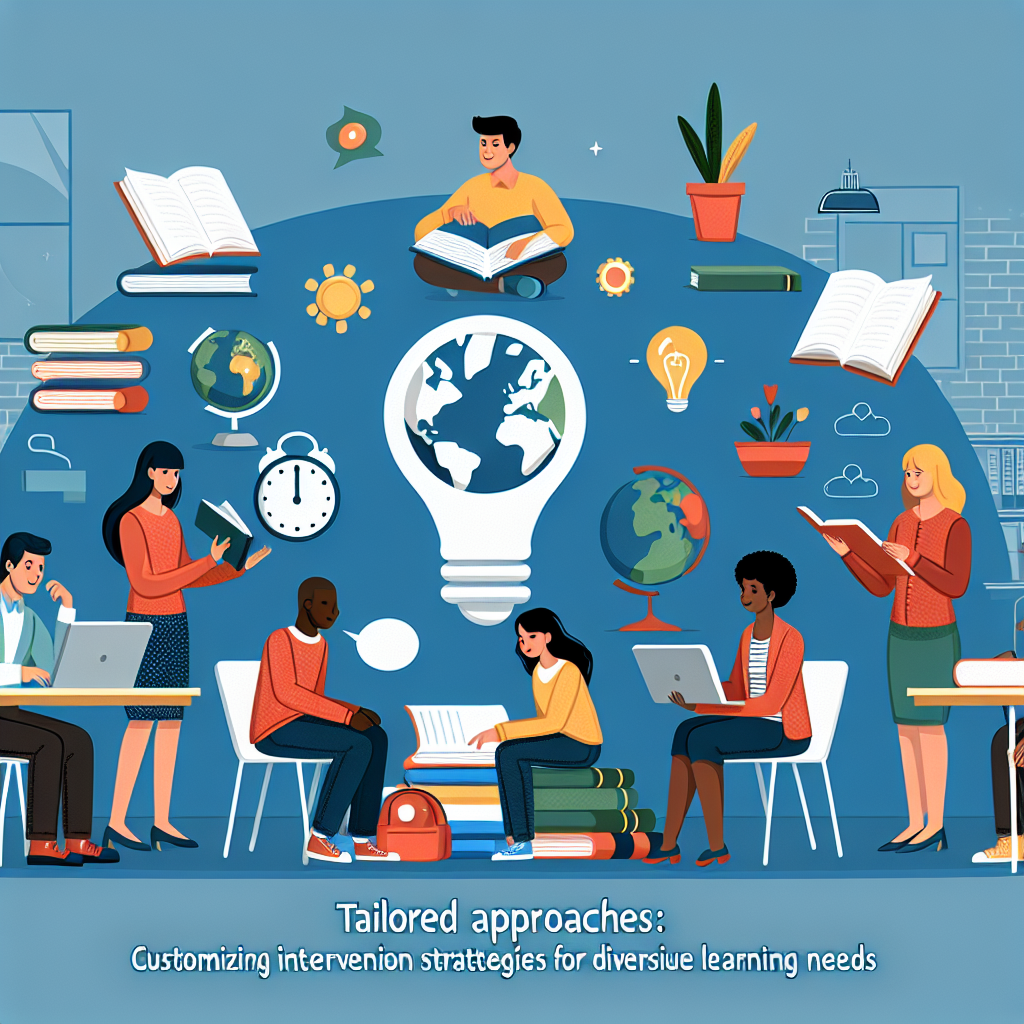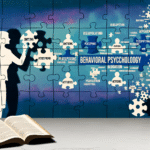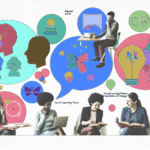
Introduction
In today’s rapidly evolving educational landscape, the notion of a one-size-fits-all approach to learning has been thrown out the window. Gone are the days when textbooks and lectures sufficed for teaching students of various backgrounds and abilities. Instead, tailored approaches have emerged as essential strategies to customize intervention solutions, ensuring that every learner gets the unique attention they need to succeed. Whether they are gifted, struggling, or anywhere in between, students face a diverse range of challenges. In this comprehensive exploration, we’ll delve deeply into tailored approaches: customizing intervention strategies for diverse learning needs, illuminating practical steps and powerful case studies that demonstrate their essential role in effective education.
Understanding the Importance of Tailored Approaches
The Need for Customization
Inclusion and diversity in educational settings require a shift from traditional methods toward tailored approaches. Each student brings unique strengths, weaknesses, preferences, and experiences to the classroom. According to a study by the National Center for Learning Disabilities, nearly 1 in 5 students are diagnosed with learning disabilities. This statistic underscores the necessity for customized intervention strategies.
Educational Equity
Providing quality education options to all students isn’t merely ethical; it’s also essential for fostering equitable societies. Tailored approaches ensure that everyone, regardless of their background, abilities, or circumstances, has access to the educational tools necessary for success.
Elements of Tailored Approaches
1. Assessment and Identification
The foundation of any effective tailored approach lies in comprehensive assessment. An accurate understanding of each student’s learning style, preferences, and challenges is vital. Tools such as diagnostic assessments, surveys, and observational checklists can pave the way for interventions that cater to individual needs.
2. Goal Setting
Once assessments are completed, setting SMART (Specific, Measurable, Achievable, Relevant, Time-bound) goals becomes crucial. This process not only provides clarity for both educators and students but also fosters accountability.
3. Diverse Teaching Strategies
Different students thrive under varied instructional strategies. This can range from differentiated instruction—where teachers modify their approach based on individual needs—to project-based learning, which engages students through real-world challenges.
| Strategy | Description | Ideal Learners |
|---|---|---|
| Differentiated Instruction | Tailoring lesson plans to meet different ability levels | Everyone, especially those with varying skill levels |
| Cooperative Learning | Collaborative learning environments that promote teamwork | Students who benefit from peer interaction |
| Technology Integration | Using digital tools to personalize learning experiences | Tech-savvy students or those needing adaptive supports |
Case Studies
Examining real-world applications of tailored approaches provides valuable insight into their effectiveness.
Case Study 1: Oakwood High School
Background: At Oakwood High, a diverse student population presenting a wide range of learning challenges led educators to rethink their intervention strategies.
Intervention: Teachers began using personalized learning plans that included student interests, learning preferences, and specific challenges. Through a combination of differentiated tasks and the integration of technology, students could engage with the material in a way that suited them.
Results: Over the course of two academic years, the graduation rates among previously struggling students increased by 25%, highlighting the effectiveness of tailored strategies.
Analysis: This case underscores the vital importance of understanding each student’s unique profile to create a learning environment that maximizes engagement and success.
Case Study 2: Riverside Elementary School
Background: Riverside Elementary identified nearly 30% of its students as needing additional academic support.
Intervention: By implementing small group workshops and incorporating specialized tools like augmented reality apps for visual learners, teachers could address the specific needs of students in real time.
Results: The school saw a noteworthy improvement in standardized test scores—an average increase of 15% across all grades.
Analysis: This case supports the argument that engaging and interactive tools can significantly enhance learning and retention, especially for diverse learners.
Implementing Tailored Approaches
1. Collaborate with Specialists
Teachers should work alongside special education teachers, psychologists, and other specialists to devise and implement effective intervention strategies. This collaboration enriches the educational experience, leveraging varied expertise.
2. Employing Data-Driven Decisions
Utilizing formative assessment data allows for ongoing adjustments to intervention strategies. This ensures that methods remain relevant, effective, and responsive to each student’s evolving needs.
3. Providing Professional Development
To maximize the potential of tailored approaches, continuous professional development initiatives for teachers should be implemented. Workshops focused on new technologies, inclusive practices, and adaptive strategies are essential.
4. Engaging Families
Involving families in the education process fosters a collaborative environment. Regular communication and guidance enable parents to reinforce learning at home, further supporting their children’s individual pathways.
Challenges of Tailored Approaches
1. Resource Intensive
Tailoring interventions can demand significant resources—time, training, and materials. Schools must allocate funds and opportunities for educators to develop these customized strategies effectively.
2. Resistance to Change
Some educators still cling to traditional teaching methods. Change management strategies and ensuring buy-in from staff at all levels are essential to overcome this hurdle.
3. Maintaining Equity
While customizing interventions benefits individual learners, care must be taken to ensure that all students receive equitable access to resources. It’s crucial to avoid creating disparities that could arise from unequal distribution of resources.
Conclusion
Tailored approaches: customizing intervention strategies for diverse learning needs is an essential framework that transforms the educational experience for all students. By recognizing individual needs and implementing effective strategies, educators can foster inclusivity and ensure that all learners thrive. As we advance in our understanding of educational practices, the commitment to modify intervention strategies will remain a vital component in shaping the future of learning.
Actionable Insights
- Assess Regularly: Don’t wait for the end of the year; ongoing assessments allow for timely interventions.
- Be Flexible: Always be open to adjusting strategies based on feedback and results.
- Communicate: Engage families and students in the conversation around tailored interventions.
Embrace the unique journey of each learner, and watch as potential transforms into achievement!
FAQs
1. What are tailored approaches in education?
Tailored approaches refer to customized strategies designed to meet the diverse learning needs of individual students, ensuring that they receive the appropriate support in their educational journey.
2. How can I assess my students’ learning needs?
You can assess students through a variety of methods, including diagnostic tests, interviews, and observational checklists, to better understand their strengths and challenges.
3. What role does technology play in tailored approaches?
Technology can provide personalized learning experiences through adaptive software that adjusts to each student’s abilities and learning styles.
4. How can I involve families in the tailored approach process?
Regular communication through meetings, newsletters, and home assignments allows families to stay engaged and support their child’s learning pathway.
5. What are the challenges of implementing tailored approaches?
Common challenges include resource allocation, resistance to change among educators, and ensuring equitable access to customized interventions for all students.
By fully embracing tailored approaches: customizing intervention strategies for diverse learning needs, we can create inclusive educational environments where all learners are empowered to reach their full potential. Through commitment and innovation, the doors of opportunity will open wide for every student.














